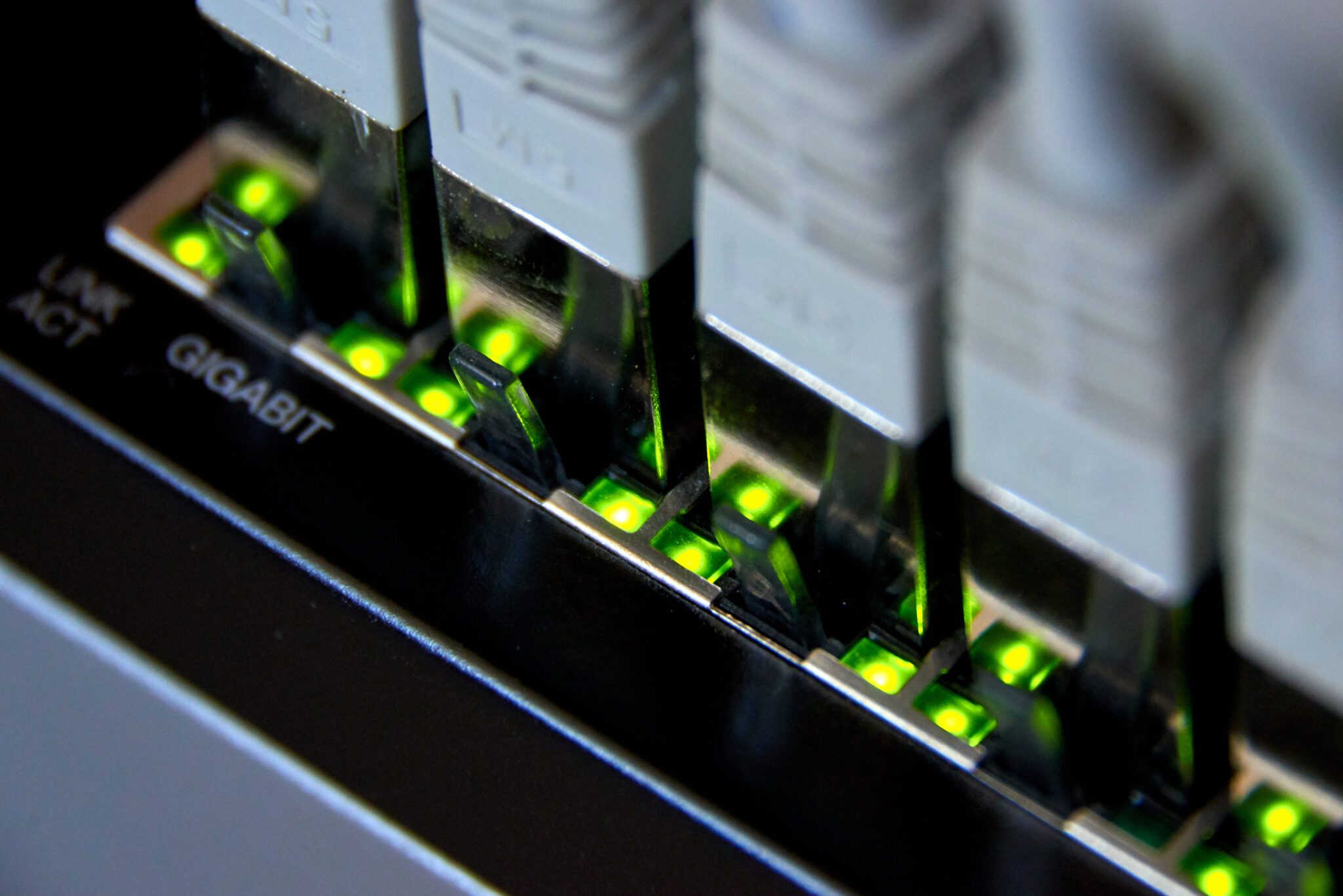Fiber Network Capacity Increases as Developers Envision a Multi-Gigabit Future
Randy Sukow
|

Fiber network capacity of 10 gigabits per second has become the norm. According to a recent report by research firm Omdia, 2021 shipments of 10 Gbps passive optical network (PON) equipment in North America have surpassed shipments of earlier-generation PON. The trend toward faster fiber networks, one day to deliver multigigabit speeds to the home, is in progress as Omdia predicts the overall PON market in North America will grow from $732 million in 2019 revenue to $3 billion in 2026.
Omdia recently released its updated PON forecast data, noting a wide adoption of 10 Gbps PON technology across North America. Jaimie Lenderman, Omdia’s senior analyst for service provider networks shared the report’s key takeaways and other notable market trends during a recent Fiber Broadband Association “Fiber Breakfast” session. “Really, the story here is that 10 gig PON is starting to play a major role in the rollout of fiber access networks,” she said.

After conducting recent feasibility studies through NRTC Broadband Solutions, NRTC members building fiber networks tended to choose XGS-PON, a 10 Gbps technology. The extra cost has been minimal, experts say, and there is a competitive advantage to future-proofing new fiber installations. “You’re going to start to see cable companies out there offering 2 gigabits. If you’re starting out with an FTTH network, you want to make sure you’re able to compete in that area,” said Doug Payauys of fiber equipment company ADTRAN during a webcast earlier this summer.
Cable systems using hybrid fiber coaxial (HFC) architecture vary in their speeds to the home based on the number of 6 MHz channels they devote to broadband and the number of subscribers served. Typical throughput appears to vary between 500 Mbps and 1 Gbps, although some systems have begun offering 2 Gbps using DOCSIS 3.1 standard modems.
The cable industry is at a network planning decision point. They could choose to move forward maintaining HFC and using the next-generation DOCSIS 4.0 technology. Comcast recently reached downstream speeds to the home of 4 Gbps using DOSCIS 4.0 in a test setting, and earlier had achieved 1.25 Gbps symmetrical. The company says that its goal is to reach 10 Gbps symmetrical.
However, some cable companies are considering whether to replace HFC with fiber to the premises (FTTP) to create even greater network capacity. “It seems the cable industry has accepted that ultimately, everyone is moving towards fiber PON-based networks,” Lenderman said. “And that in order to stay competitive, and growing their service opportunities, not just for residential but moving into enterprise, transport and smart city applications, they will need to migrate to PON.”
Even as systems like XGS-PON are taking the lead in the American fiber market, 25 Gbps networks will begin appearing in 2022, Lenderman predicted. Those installations will mostly be in China, she said. Systems to eventually succeed 10 Gbps PON in North America will likely leapfrog to 50 Gbps. That appears to be the direction the worldwide community favors through the International Telecommunications Union (ITU), Lenderman said.

